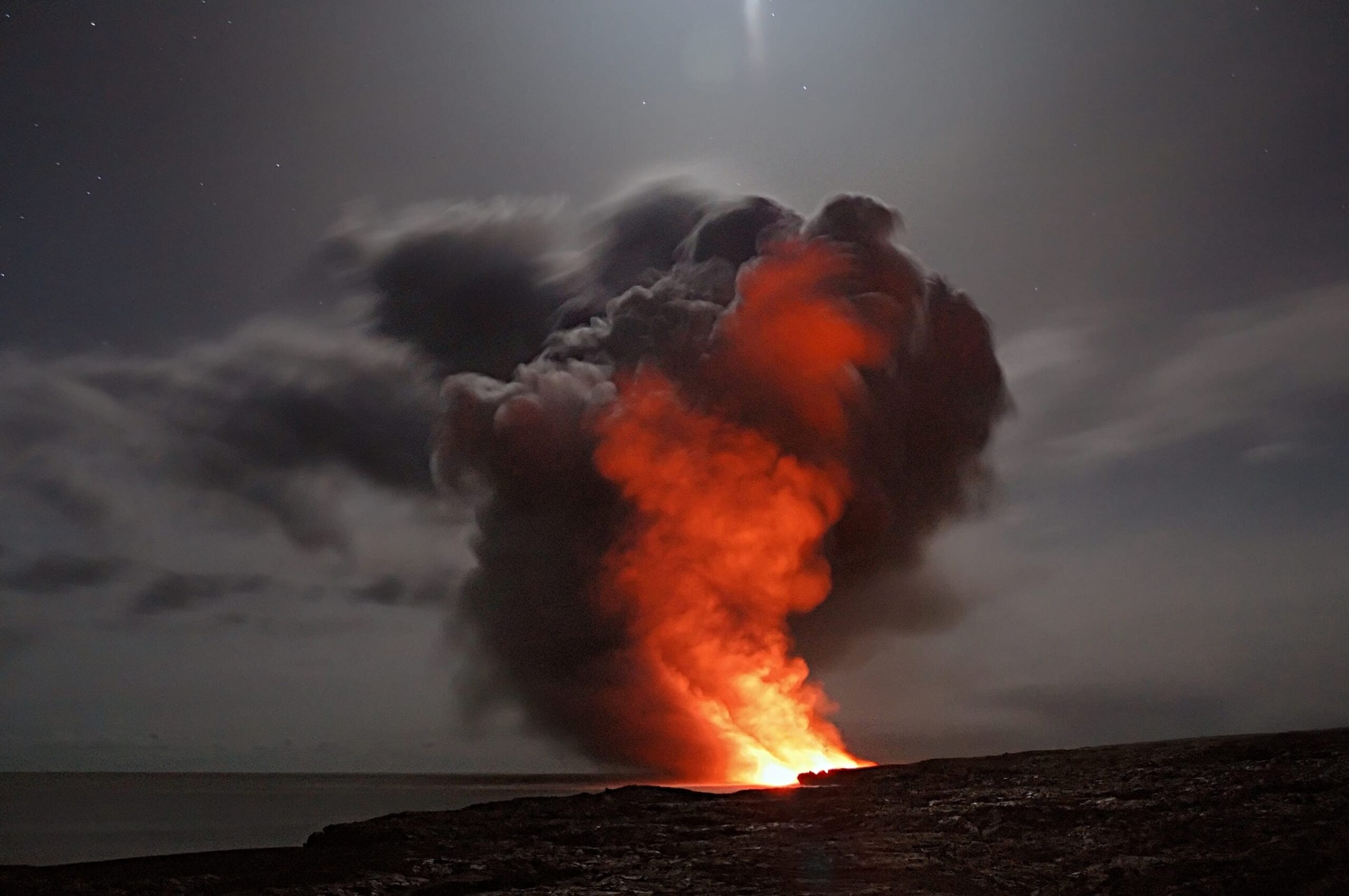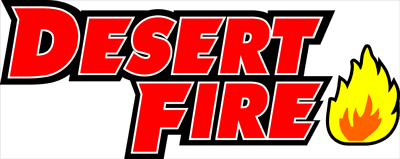Ever wondered why smoke comes from fire? In this article we will describe a typical scenario of starting a fire and then explain how and why smoke comes from a fire.
Let’s say you have a nice fire going, and it has burned down to the point where what you see is a collection of hot “glowing embers.” The fire is still producing a lot of heat, but it is producing no smoke at all.
You might have gotten to this point either by starting the fire with logs in a fireplace or with charcoal.
If you now toss a piece of wood, or even a sheet of paper onto this fire, what you will notice is that the new fuel produces a lot of smoke as it heats up. Then, all of a sudden (often with a small pop), it bursts into flame and the smoke disappears.
If you have a fireplace or wood stove, or if you have been around a lot of campfires, this little scene is very familiar to you. It tells you a lot about smoke — let’s look at what is happening when smoke comes from a fire.
The Four Main Components of Wood
There are four things that you find in any piece of wood:
Water – Freshly cut wood contains a lot of water (sometimes more than half of its weight is water). Seasoned wood (wood that has been allowed to sit for a year or two) or kiln-dried wood contains a lot less water, but it still contains some.
Volatile Organic Compounds – When the tree was alive, it contained sap and a wide variety of volatile hydrocarbons in its cells.
Cellulose (a chief component of wood) is a carbohydrate, meaning it is made of glucose. A compound is “volatile” if it evaporates when heated. These compounds are all combustible (gasoline and alcohol are, after all, hydrocarbons — the volatile hydrocarbons in wood burn the same way).
Carbon Ash – Ash is the non-burnable minerals in the tree’s cells, like calcium, potassium and magnesium.
So now that we know all of the components we can understand what produces the smoke from a fire and why.
Some of the components act as fuel for the fire, and some do not. Some can be burned and some can not.
Smoke comes from a fire when there is not enough oxygen to burn the fuel completely. We call this incomplete combustion.
When everything in a fire is burned, producing just water and carbon dioxide, that’s called complete combustion. When incomplete combustion occurs Smoke is created.
So when smoke comes from a fire, what you’re seeing is an airborne collection of microscopic particles that cannot be burned.
Learn more about fire safety fundamentals
Find valuable life saving answers to frequently asked questions about fire protection and preparedness on our F.A.Q page.
Do you have a business in San Diego or the Banning, Beaumont, Cabazon, Blythe, Cathedral City, Coachella, Desert Hot Springs, Indian Wells, Indio, La Quinta, Mecca, Oasis, Palm Desert, Palm Springs, Rancho Mirage, Thousand Palms, Yucca Valley, or Twentynine Palms areas?
Contact Desert Fire for the best services in fire extinguishers, fire alarms, fire suppression systems, fire sprinkler tenant improvement, inspections, certifications or ground up systems.
✔ Free estimates. Just give us a call or send us a message.
✔ We’ll beat anyone’s prices.
✔ 24/7 Emergency Service. Call us anytime!


